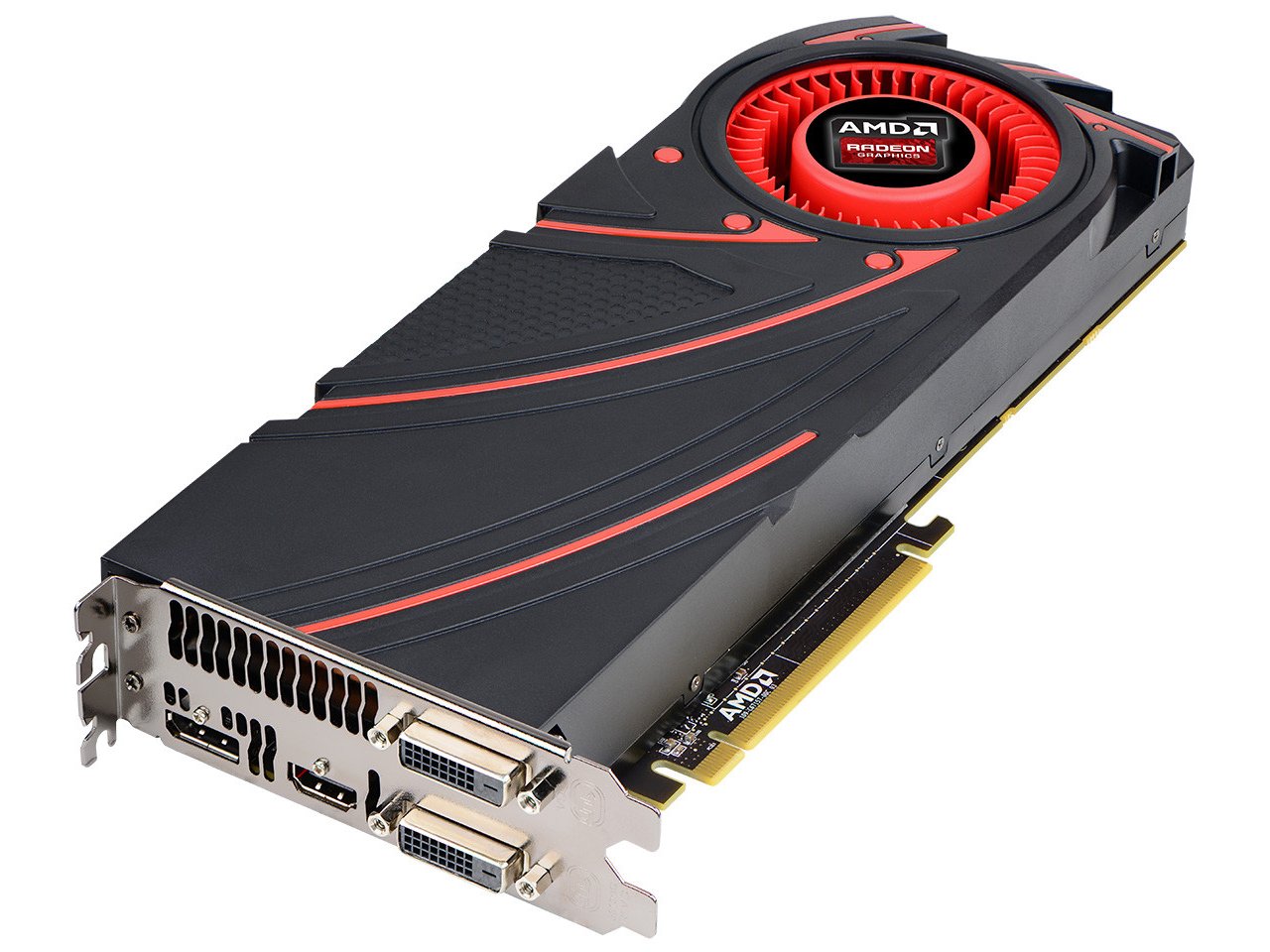 AMD officially launches first Radeon R9 and R7 200 series graphics cards, high end R9 280X and mid-end R9 270X along with R7 260X. While these three cards don't bring anything new to the table, they offer good price/performance ratio.
AMD officially launches first Radeon R9 and R7 200 series graphics cards, high end R9 280X and mid-end R9 270X along with R7 260X. While these three cards don't bring anything new to the table, they offer good price/performance ratio.
AMD Radeon R9 280X is based on Tahiti XT GPU and, despite clock difference, is identical to Radeon HD 7970 GHz Edition. The card has 2048 stream processors, 128 TMUs, 32 ROPs, core running at 1 GHz clock and 3GB of GDDR5 memory connected to GPU via 384-bit bus. While it's identical to HD 7970 GHz Edition, R9 280X offers better price/performance ratio since it's priced at $299.
Moving on, R9 270X makes use of Pitcairn graphics processing unit, found in HD 7800 series graphics cards (HD 7870 and HD 7850). GPU is in the same configuration as HD 7870 GHz Edition. However, due to increased GPU (from 1000 MHz to 1050 MHz) and memory (4.8 GHz to 5.6 GHz) clocks, R9 270X offers performance more similar to Radeon HD 7950. The card is priced at $199, which is essentially a price/performance sweet spot.
AMD Radeon R7 260X is based on 28 nm Bonaire GPU seen in Radeon HD 7790. Both cards have 896 stream processors, 56 TMUs, 16 ROPs and 128-bit GDDR5 memory. Compared to HD 7790, R7 260X features higher GPU clock of 1100 MHz, memory clock of 6.5 GHz and 2GB of VRAM instead of 1GB. Radeon R7 260X is priced at $139 and is currently the only card to support AMD's TrueAudio technology.
The ultra-high class AMD Radeon R9 290X is to be released later this month.






